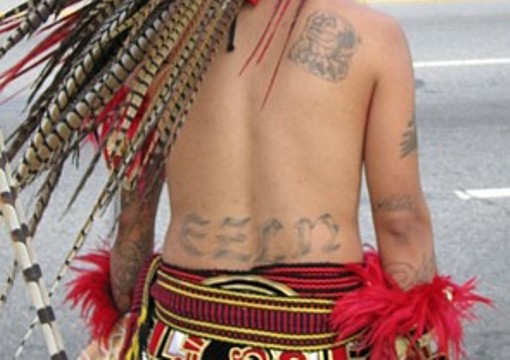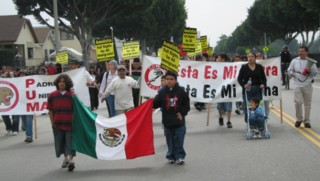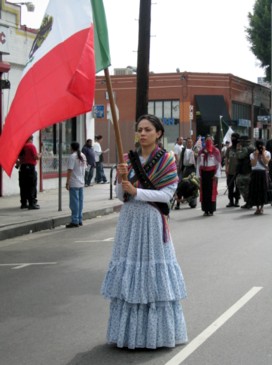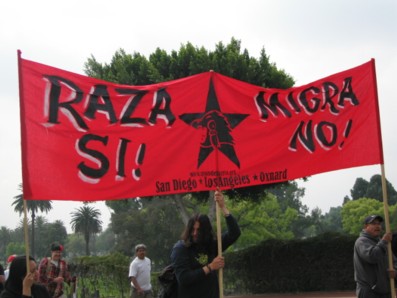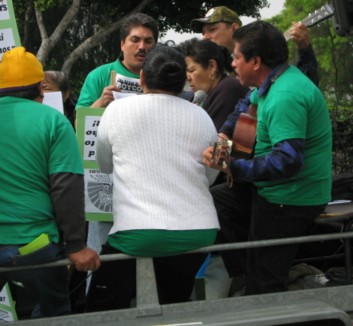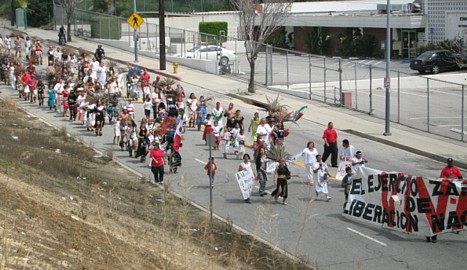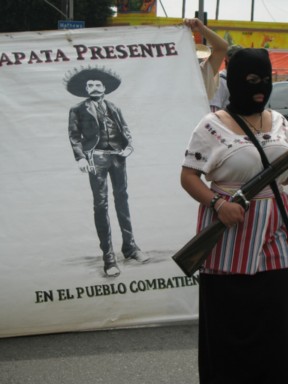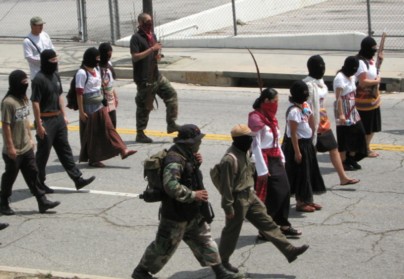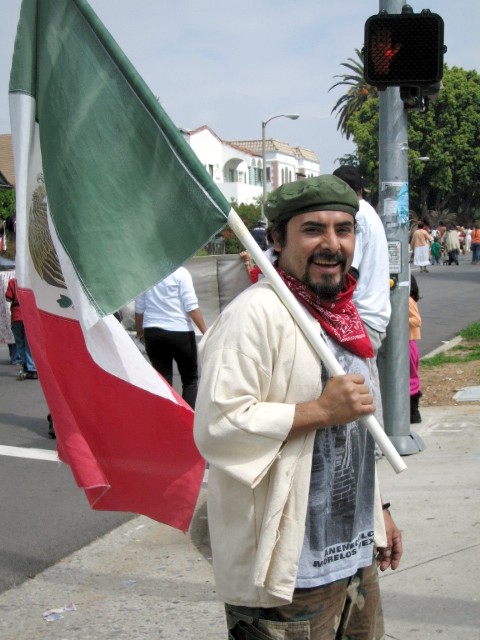| About Us | Contact Us | Calendar | Publish | RSS |
|---|
|
Features • latest news • best of news • syndication • commentary Feature Categories IMC Network:
Original Citieswww.indymedia.org africa: ambazonia canarias estrecho / madiaq kenya nigeria south africa canada: hamilton london, ontario maritimes montreal ontario ottawa quebec thunder bay vancouver victoria windsor winnipeg east asia: burma jakarta japan korea manila qc europe: abruzzo alacant andorra antwerpen armenia athens austria barcelona belarus belgium belgrade bristol brussels bulgaria calabria croatia cyprus emilia-romagna estrecho / madiaq euskal herria galiza germany grenoble hungary ireland istanbul italy la plana liege liguria lille linksunten lombardia london madrid malta marseille nantes napoli netherlands nice northern england norway oost-vlaanderen paris/Île-de-france patras piemonte poland portugal roma romania russia saint-petersburg scotland sverige switzerland thessaloniki torun toscana toulouse ukraine united kingdom valencia latin america: argentina bolivia chiapas chile chile sur cmi brasil colombia ecuador mexico peru puerto rico qollasuyu rosario santiago tijuana uruguay valparaiso venezuela venezuela oceania: adelaide aotearoa brisbane burma darwin jakarta manila melbourne perth qc sydney south asia: india mumbai united states: arizona arkansas asheville atlanta austin baltimore big muddy binghamton boston buffalo charlottesville chicago cleveland colorado columbus dc hawaii houston hudson mohawk kansas city la madison maine miami michigan milwaukee minneapolis/st. paul new hampshire new jersey new mexico new orleans north carolina north texas nyc oklahoma philadelphia pittsburgh portland richmond rochester rogue valley saint louis san diego san francisco san francisco bay area santa barbara santa cruz, ca sarasota seattle tampa bay tennessee urbana-champaign vermont western mass worcester west asia: armenia beirut israel palestine process: fbi/legal updates mailing lists process & imc docs tech volunteer projects: print radio satellite tv video regions: oceania united states topics: biotechSurviving Citieswww.indymedia.org africa: canada: quebec east asia: japan europe: athens barcelona belgium bristol brussels cyprus germany grenoble ireland istanbul lille linksunten nantes netherlands norway portugal united kingdom latin america: argentina cmi brasil rosario oceania: aotearoa united states: austin big muddy binghamton boston chicago columbus la michigan nyc portland rochester saint louis san diego san francisco bay area santa cruz, ca tennessee urbana-champaign worcester west asia: palestine process: fbi/legal updates process & imc docs projects: radio satellite tv |
printable version
- js reader version
- view hidden posts
- tags and related articles
In the Spirit of Zapataby Leslie Radford Tuesday, Apr. 11, 2006 at 6:42 AMleslie@radiojustice.org The call for justice and human dignity rang out through East LA as hundred of marchers took to the streets to evoke the spirit of liberator and revolutionary Emiliano Zapata and to honor the EZLN, today's Zapatistas.
LOS ANGELES, April 9, 2006--As people were arriving for the march, a friend walked up to me after a conversation with a FOX News reporter. "I can't believe these guys," she began. The reporter had asked her why she wasn't in Mexico fighting the government there. "Why doesn't the U.S. stop sucking the Mexican economy dry?" she'd answered. The reporter was undaunted: "But if you don't like Vincente Fox, change the government." "Eighty percent of U.S. citizens don't like Bush," she came back, "and they can't change their government." Then the reporter asked her if she admired Pancho Villa, and she said yes. "But isn't Pancho Villa the same as Bin Laden?" he challenged. Apparently she paused only for a moment: "If an armed nation had invaded your country, wouldn't the defenders be heroes?" she shot back. The reporter was forced to agree. Outrageously he continued, "But you look like you have a lot of Spanish in you." "Probably not by choice," she retorted. As she and I chatted, the reporter drifted by and asked where he could get a burrito. My friend pointed to a restaurant a few yards away with a large sign that said "Burritos." The reporter walked off in the other direction. It wasn't a Baja Fresh. Three hawks circled overhead, an auspicious beginning. Six hundred people marched for Zapata today, drawing on East Los Angeles's deepest cultural and political roots, magically transforming the barrio into Mexico Norte for the day. Shortly after 10:00 a.m., the conch shell blew a long note, the ayoyotl crackled, the drums thundered, and a hundred danzantes began their dance from Cinco Puntos to Lincoln Park. Following them were the rest of Mexican culture: campesinos, trabajadores, a squad of marchers in tribute to the Zapatistas, indigenists, estudiantes, anarchists.
With westbound traffic shut down, the six-block-long parade wound its way past shoppers and shopkeepers leaning on doorsills along Cesar Chavez Boulevard. Police cars escorted the marchers, with bicycle cops riding the yellow line. The conches blew again, and paraders turned onto Soto Avenue. Pedestrians joined the marchers, and cars honked their horns, sometimes in support and once or twice, to shout out to a friend. Parading strollers and toddlers were sheltered by two columns of danzantes. Behind them, a group of South Central Farmers climbed into the sound truck and, for a while, replaced the recorded Mexican music with live guitars and workers' songs. A danzante stopped, wrapped one foot in bandaids, slipped his sandal back on, and returned to the line. ¡Raza sí! Another chorus of conches sounded, and we'd turned onto Chelsea. Neighbors poured into the residential sidewalks, many with Mexican flags in hand. Up Murchison, around to Alcazar, each turn announced with the conches, people lined the sidewalks and walked alongside the parade. A young boy blew bubbles at passersby. One old man stopped a Harmony Keeper and told him to wait a moment. The man went into his house and returned with a DVD. As he handed the young man a copy of Salt of the Earth, he explained, "So we won't ever forget who we are." A hundred members of Mexicanos Unidos en Defensa del Pueblo brought up the rear, many dressed in black with anarchist masks, chanting anti-Bush, anti-Sensenbrenner, and anti-border slogans. ¡Somos un pueblo, sin fronteras! Turning back onto Soto, pedestrians walking with the parade were forced into the street with the marchers when the sidewalk disappeared. The line slowed and stretched out as the marchers in the back stopped to take in the view of the front end of the march on the road below them, around the turn. The Zapatista honor corps, about twenty strong young women and men dressed as modern day members of the Ejercito Zapatista Liberacion Nacional, stopped and performed military drills for the crowd on the hill above. As they moved on, fifty Farmers in bright green shirts marched into sight around the curve, and behind them were the Jornaleros del Valle de San Gabriel. As the marchers approached Lincoln Park, the danzantes lined either side of the street to welcome them to the Zapata monument. The Zapatista honor corps saluted the statue from the base of the monument, and event organizers urged the marchers and those who met them at the park to struggle for their rights in the spirit of Emiliano Zapata. The last to come to the stage were the danzantes, who concluded their nearly five-mile dance by running in twos and threes across the last two hundred-yard stretch onto the stage. Caminante no hay camino, se hace camino al andar. Across the park, a little girl ran off, and her father ran after her, scooped her up, and rocked her in his arms. I stopped for a Tamarindo as we entered the park. "Un dólar y veinticinco centavos." The vendor looked up at me and corrected himself: "One dollar and twenty-five cents." The English was jarring; I realized that I hadn't heard it for the past three hours, since we'd left Cinco Puntos. I was chatting with a friend when a stranger with a cane offered me his chair, another offered me a tostada with fresh nopales, tomatoes, and onions. She came back with a cup of jamaica. A rock en español group started up. The border had crossed me--I'd made it to Mexico, and Zapata was just around the corner, a short way off. ¡Zapata vive!
Report this post as:
boys with flagby Leslie Radford Tuesday, Apr. 11, 2006 at 6:42 AMleslie@radiojustice.org
error
Report this post as:
una Mexicanaby Leslie Radford Tuesday, Apr. 11, 2006 at 6:42 AMleslie@radiojustice.org
error
Report this post as:
people watchingby Leslie Radford Tuesday, Apr. 11, 2006 at 6:42 AMleslie@radiojustice.org
error
Report this post as:
raza siby Leslie Radford Tuesday, Apr. 11, 2006 at 6:42 AMleslie@radiojustice.org
error
Report this post as:
singing farmersby Leslie Radford Tuesday, Apr. 11, 2006 at 6:42 AMleslie@radiojustice.org
error
Report this post as:
from the hillby Leslie Radford Tuesday, Apr. 11, 2006 at 6:42 AMleslie@radiojustice.org
error
Report this post as:
more people watchingby Leslie Radford Tuesday, Apr. 11, 2006 at 6:42 AMleslie@radiojustice.org
error
Report this post as:
Zapata presenteby Leslie Radford Tuesday, Apr. 11, 2006 at 6:42 AMleslie@radiojustice.org
error
Report this post as:
Zapatista tributeby Leslie Radford Tuesday, Apr. 11, 2006 at 6:42 AMleslie@radiojustice.org
error
Report this post as:
un Mexicanoby Leslie Radford Tuesday, Apr. 11, 2006 at 6:42 AMleslie@radiojustice.org
error
Report this post as:
|



